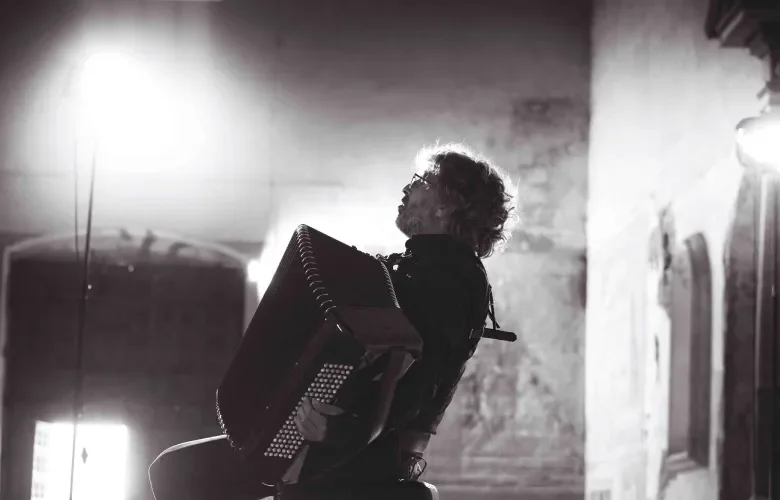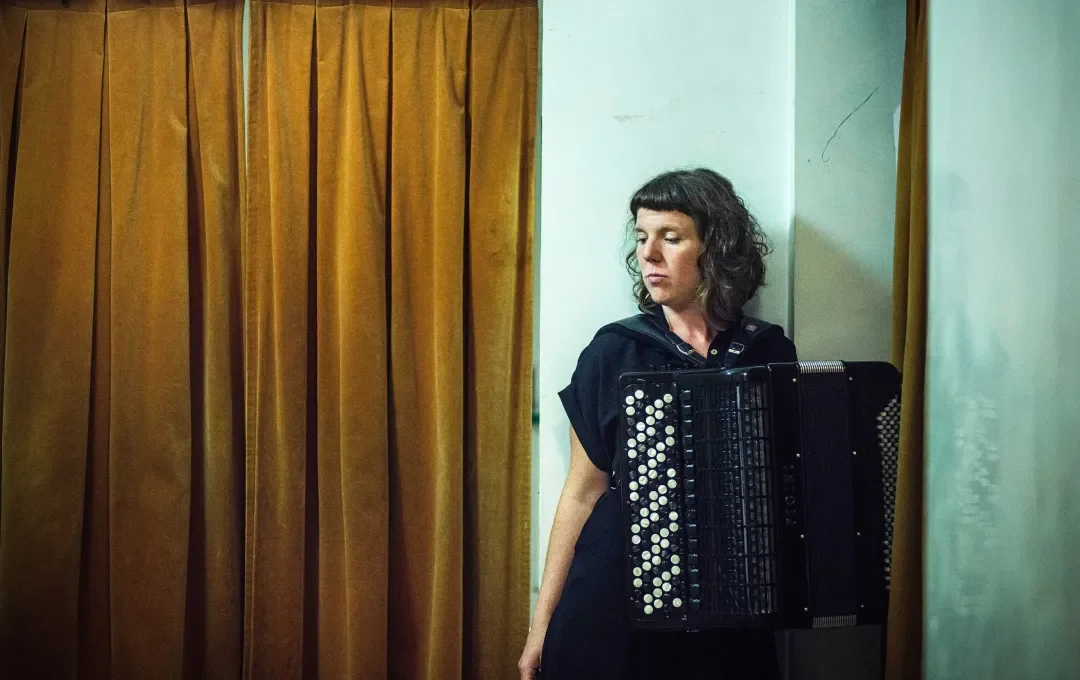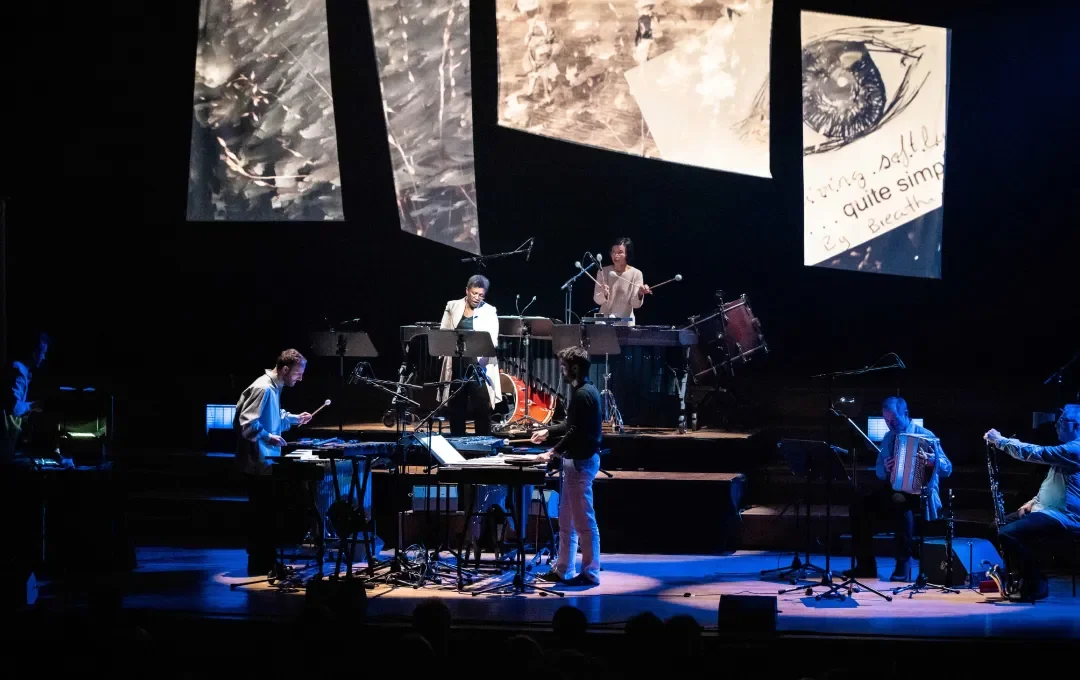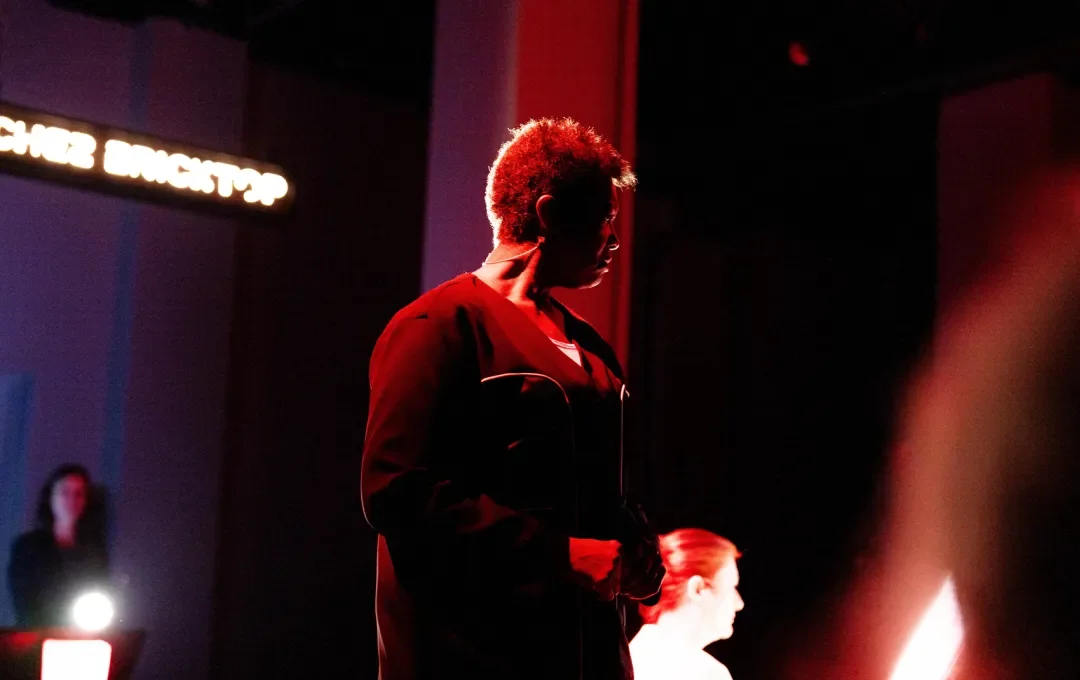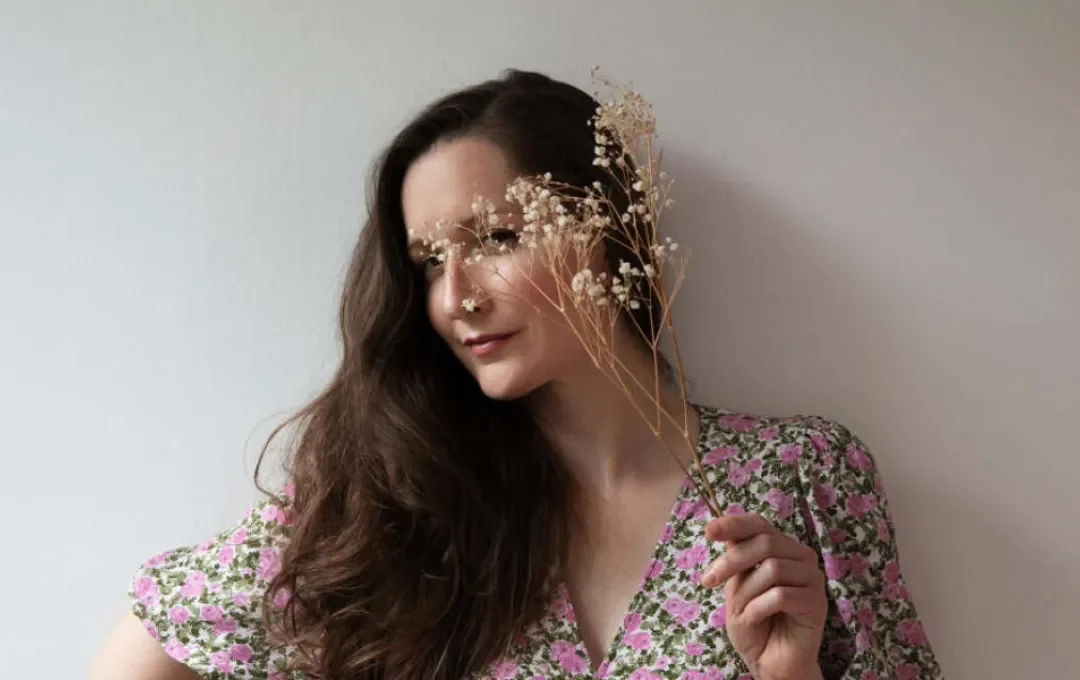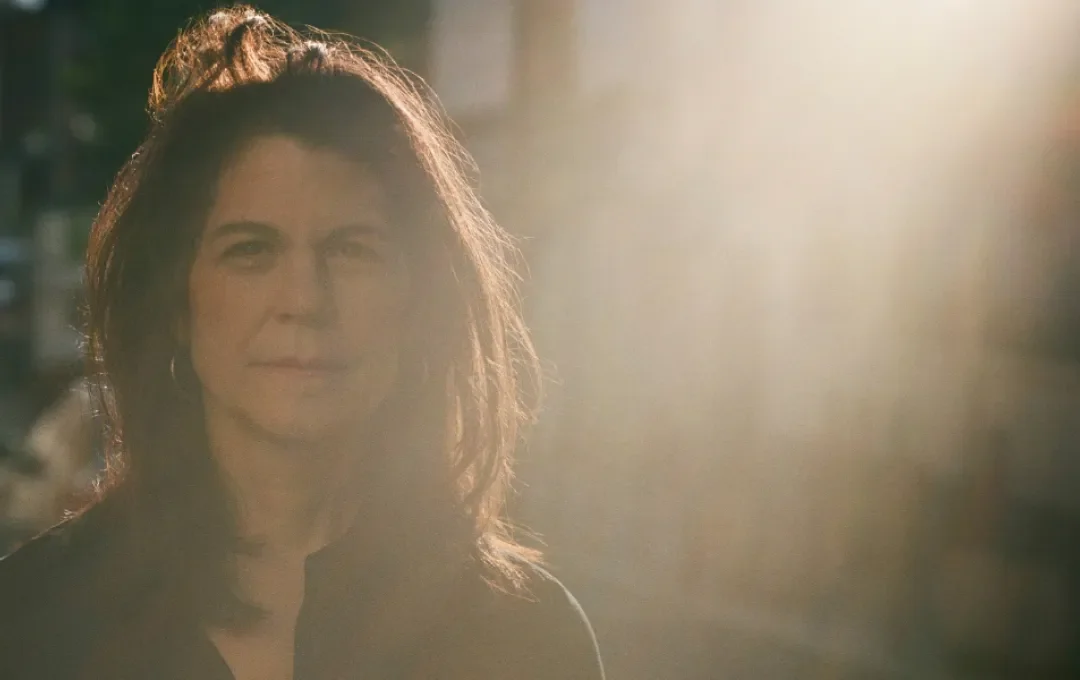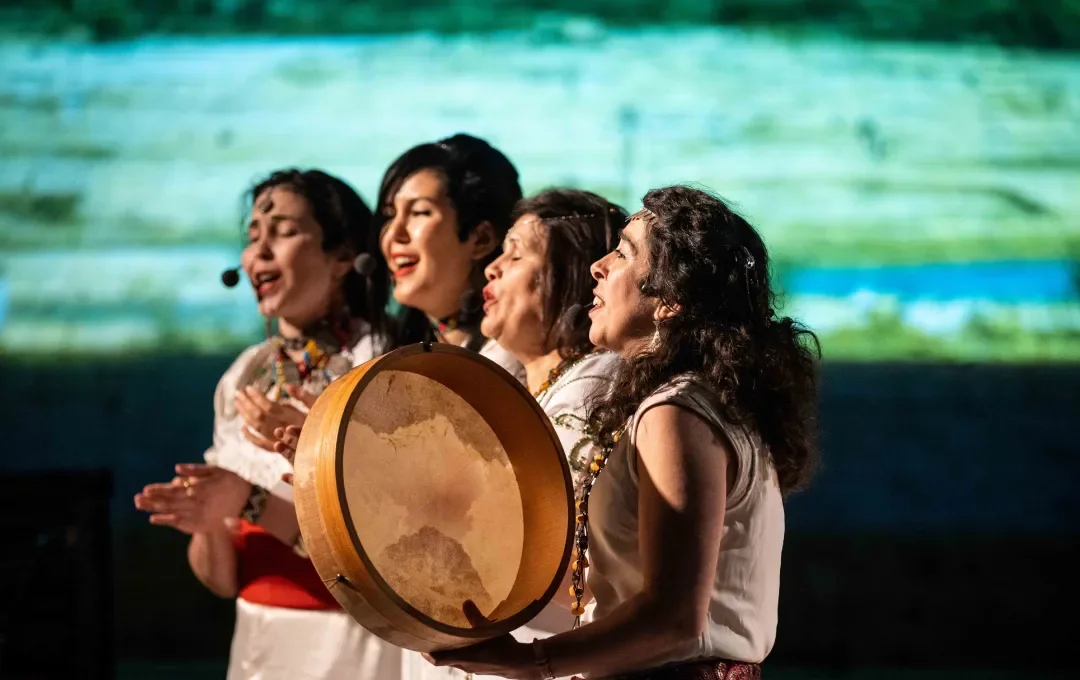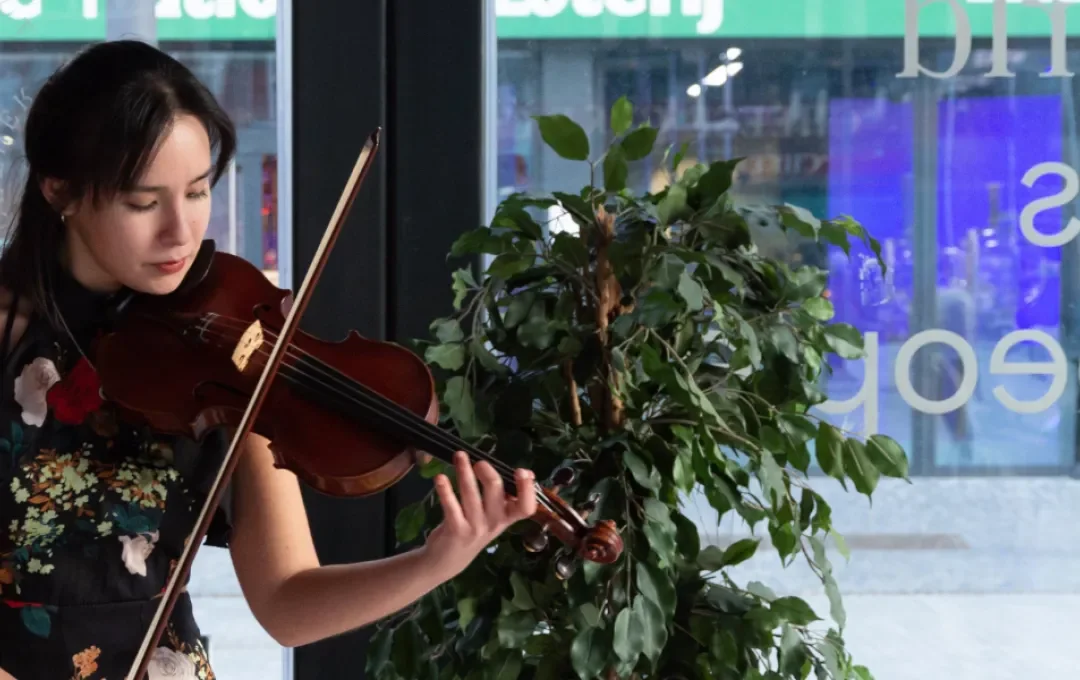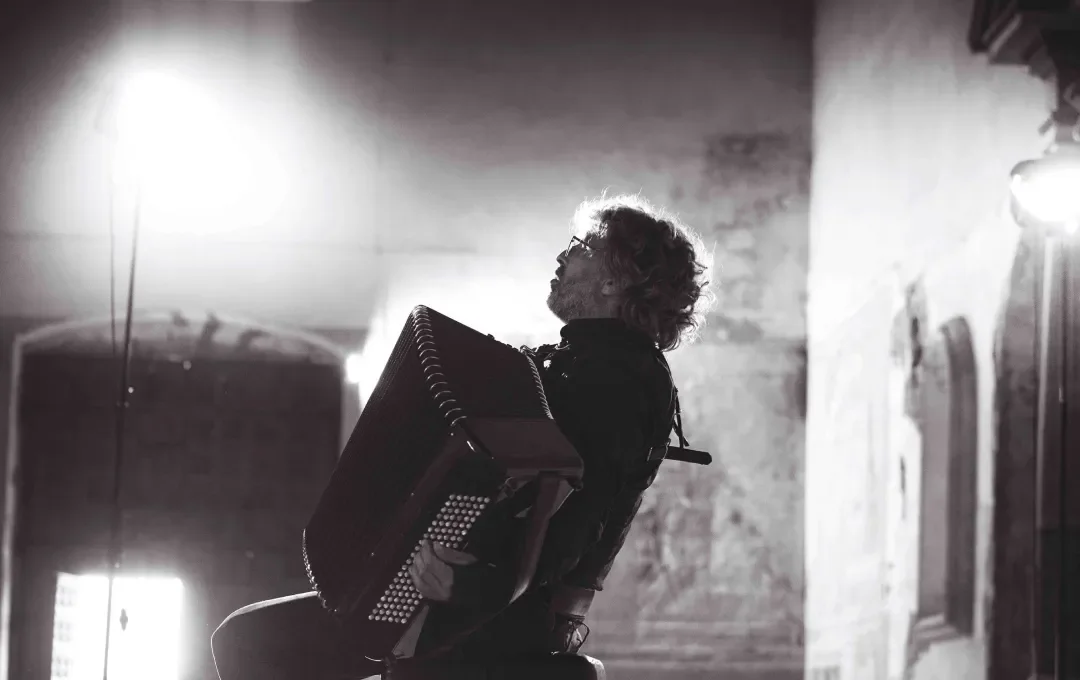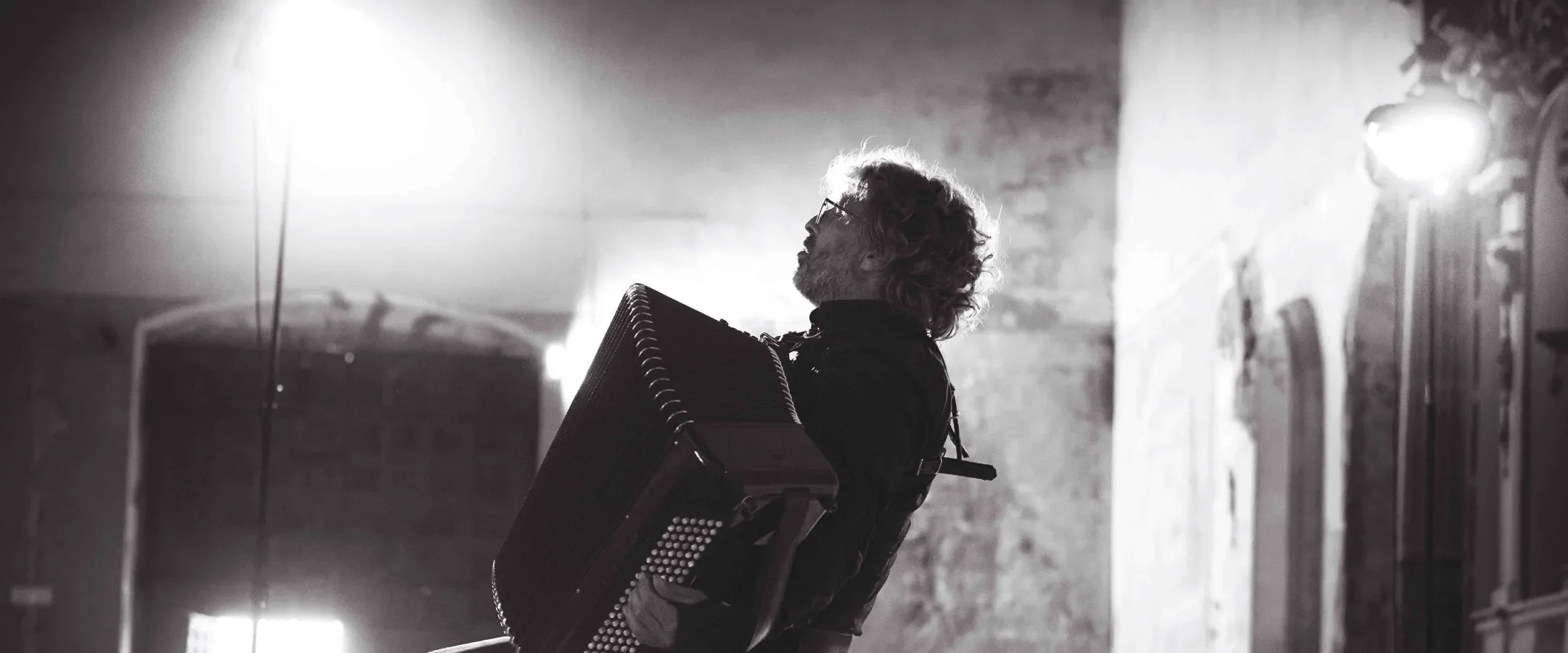
Accordionist Philippe Thuriot doesn’t only play the repertoire that is specifically composed for his instrument. In the past, he has transposed the music of François Couperin and Johann Sebastian Bach for his instrument. He is now venturing into performing sonatas by Domenico Scarlatti. In an interview with Frederic Delmotte, he explains more about the programme he has compiled.
In the past, you’ve performed music by Johann Sebastian Bach on accordion. What led you to play music by Domenico Scarlatti?
'In almost every conservatory where classical accordion is taught, music originally composed for harpsichord is in the performance programme; music by composers such as Jean-Philippe Rameau, François Couperin and Scarlatti. That’s now become a tradition. I myself came across this as an 18-year-old. That repertoire is important in training for virtuosity. Bach’s music touches another concept of virtuosity – it’s about mental virtuosity. Scarlatti’s music tends more often towards folk music. The accordion is above all a folk instrument. I knew that, as I gained maturity, I would have to return to working with Scarlatti. I feel a greater connection to his music than to that of Bach. I enjoy playing folk music and jazz and the dance-like characteristic is clearly present in Scarlatti’s music. You can allow yourself more lightheartedness.'
Scarlatti wrote his keyboard sonatas as practice material for his student, Maria Barbara. How do you convert keyboard practice pieces into practice material for the accordion?
'By changing absolutely nothing, it’s that simple. The harpsichord is closer to the accordion than the piano. I think it has to do with the harpsichord’s timbre, which is quite thin and transparent. On the other hand, the timbre of the piano is much darker. The accordion produces higher tone colours, like the harpsichord. One big difference is that accordion tones are produced by air, while on the harpsichord the strings are plucked. So it’s no work at all for me to transpose the music, but it’s the performance that is very different. The harpsichord tone automatically fades quickly, even more quickly than on the piano, where you still have the sustain pedal. The accordion’s tone continues to sound, as long as you supply air. So that’s the challenge for me; how do you round off an accordion tone the way one hears it happen on a harpsichord?'
Another big difference with the harpsichord is that the accordion can be played with greater dynamic contrasts.
'There’s certainly a danger lurking there. It’s an unusually dynamic instrument. How far does one push the dynamics? I’m sure that some will find what I do blasphemous, and I therefore wish to apologise right now (laughter). When you perform Scarlatti on the piano you also have to consider how far you wish to go. Another difference with the piano is that on the accordion we also have orchestral possibilities. The ability to crescendo the sound, to play with tone colour and the like are both a gift and a risk.'
What were your criteria when selecting the sonatas from the Essercizi for your concert?
'I was guided by the many performances I heard when adjudicating at international competitions. I heard so many interesting things there. I’ve also listened to many performances by the students I’ve coached at the conservatory in Ghent. I don’t find all the sonatas to be equally important, and then again some really stick to one. I don’t have a ready answer. Some sonatas are too much like studies. What I have discovered however are sonatas with a truly great soul. Many of the selected sonatas have a melancholy character, which is highlighted further by the accordion, because the accordion is quite simply a melancholy instrument. Scarlatti’s music is both scintillating and melancholic, and we can’t always understand why so many music lovers love Scarlatti’s music.'
Scarlatti was known as a talented improviser. You will also be improvising between sonatas. Will this be in the Baroque style, along the lines found in 18th-century tracts?
'I can’t improvise à la baroque, that’s not really what interests me. I use personal, contemporary resources, though naturally I stick closely to the sonata itself. The intention is for my improvisations and the sonatas to blend seamlessly together. I hope that the audience will take a few seconds to realise that I’m playing a sonata. I certainly like to wrongfoot the listener a little bit. But I hope to make my improvisations as agreeable as possible, as elegant as Domenico is in his sonatas.'
image © Stephan Vanfleteren
